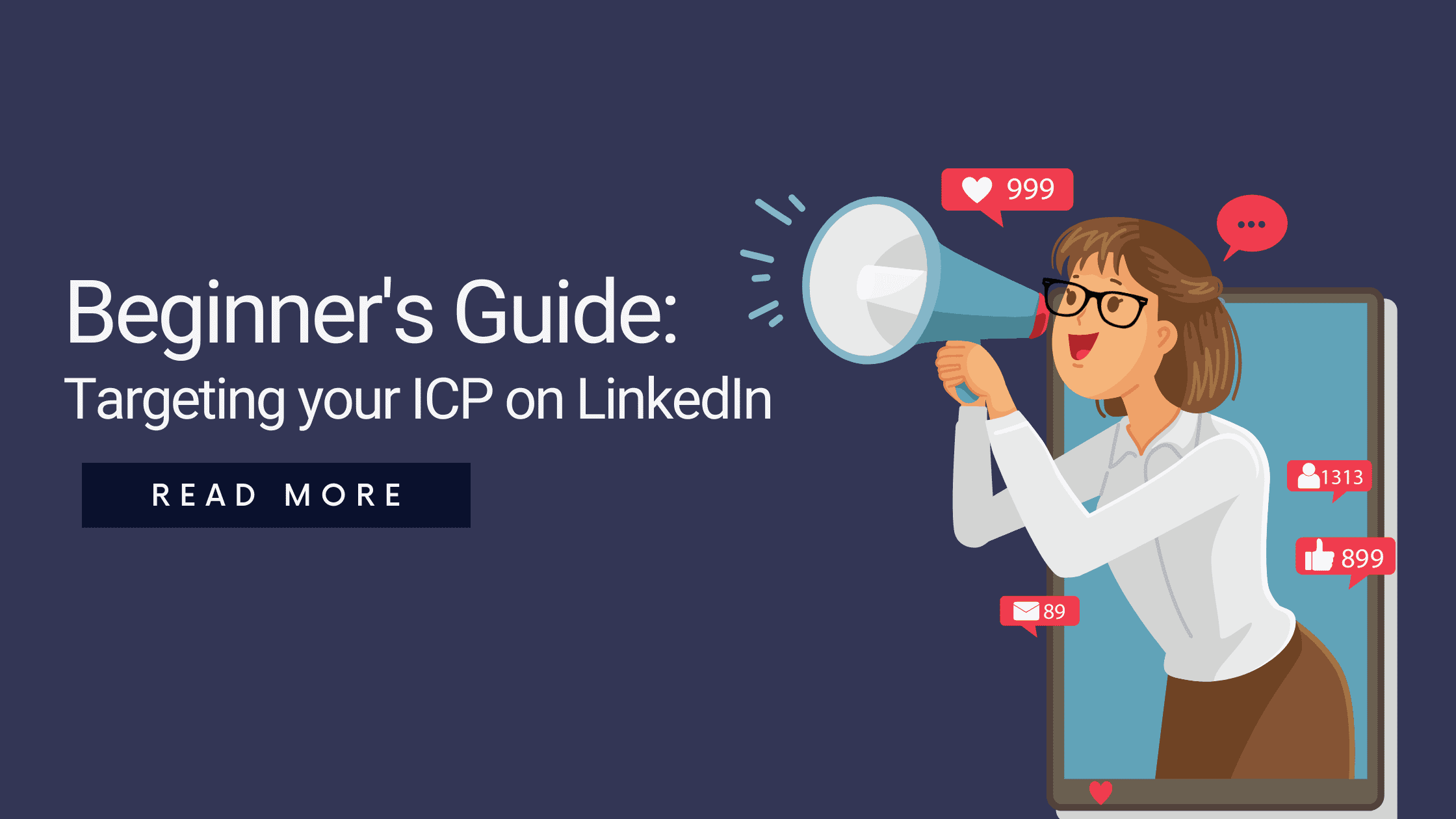
Beginner’s guide : Targeting your ICP on LinkedIn
24/11/2022
TAMI welcomes Irish Ambassador to open new London office
01/02/2023Digital footprints have become valuable in today’s connected world, The Economist called personal data “the world’s most valuable resource’ ahead of oil, because of how much it now informs the way companies communicate with their customers and how it impacts the customer experience.
However, since personal data is so valuable, it’s vulnerable to theft or misuse, so consumers demand to know how companies store and use it. In essence, consumers don’t feel like companies are protecting them enough.
If your company targets the European market, your data should be GDPR compliant. Otherwise, you will be breaking the law.
What is GDPR?
General Data Protection Regulation (GDPR) is a compilation of privacy laws is a compilation of security and privacy laws that regulate data collection and processing in the EU.
GDPR compliance protects the individuals from:
- Unnecessary data collection
- Inappropriate use of personal information
- Breach of personal information
- Algorithmic decision-making that is biased
GDPR for email marketing:
Since companies need to collect contact information to reach prospects, email campaigns fall under GDPR compliance. This means companies should follow GDPR compliance while gathering, processing, and storing the contact information of the user.
GDPR applies to anyone, regardless of whether they live in Europe or not. If you send emails to people based in an EU country, GDPR laws apply to you.
Let’s walk through the rules you need to follow to ensure your campaigns are in compliance.
The 3 specific rules that we need to know before creating an email campaign?
Data Validation and Permission:
It is important for companies to gather data from a validated source and manage the permission of email opt-ins.
TAMI helps companies with data validation and compliance to provide the most accurate and up-to-date information. TAMI protects the company’s email reputation and also guarantees <5% email bounce rate as compared to >20% from its competitors.
Focus on content:
Tell your prospect why you are contacting them. Do this in a compelling way, rather than just talking about yourself and why your company is great.
GDPR also have some guidelines about what you can put in your email campaigns and how you can present them. Like, each email you send must include the sender’s identity, your physical business address, and what kind of content it contains. In other words, don’t send deceptive emails.
Offer the option to opt out:
Make sure to provide clear opt-out/unsubscribe options to your prospects. In addition, you should give them the option to delete their data permanently.
Understandably, operating email campaigns in full GDPR compliance can be a challenge. However, it’s worth the effort.
This prevents your business from facing privacy lawsuits and having to pay fines, plus it makes your brand appear trustworthy and secure.









